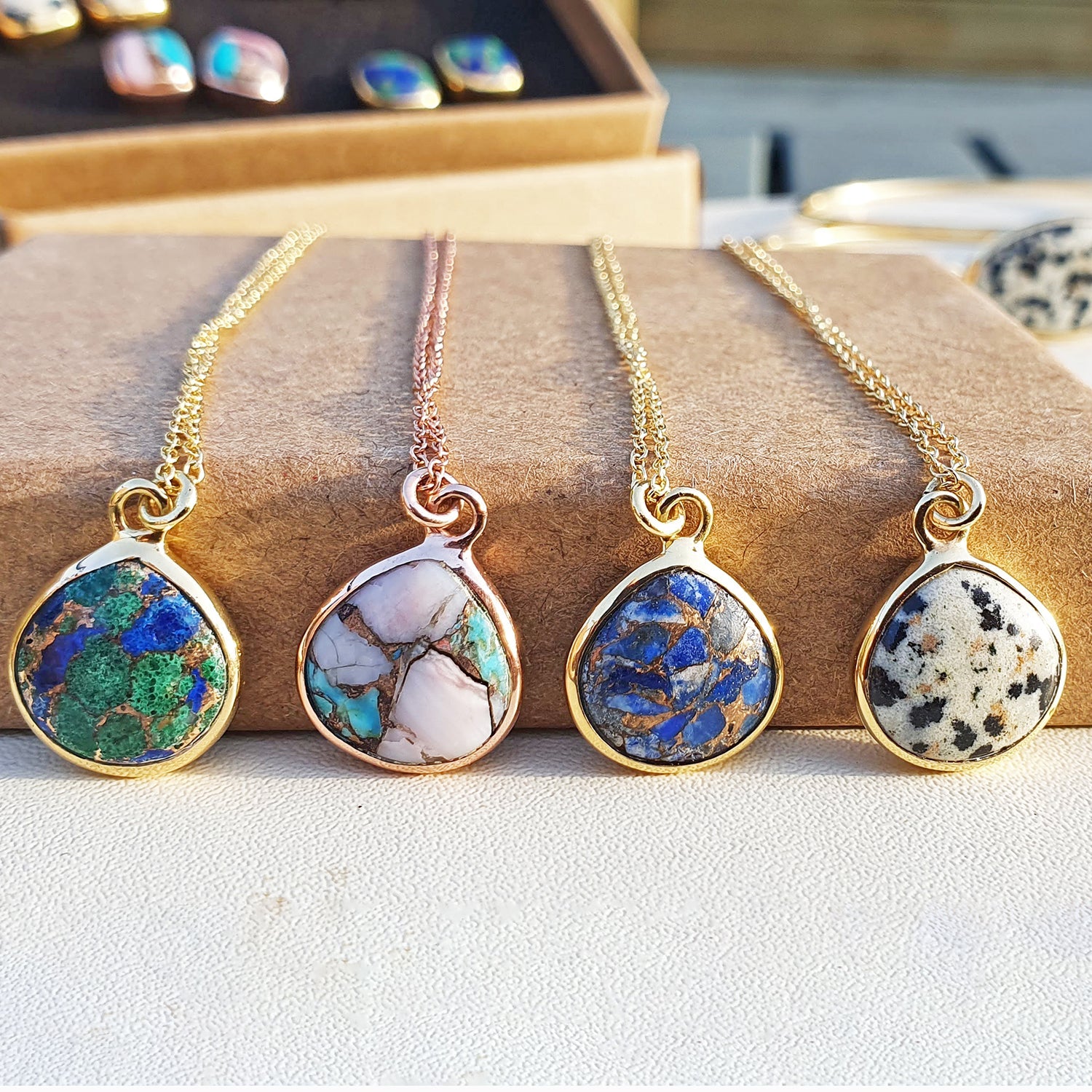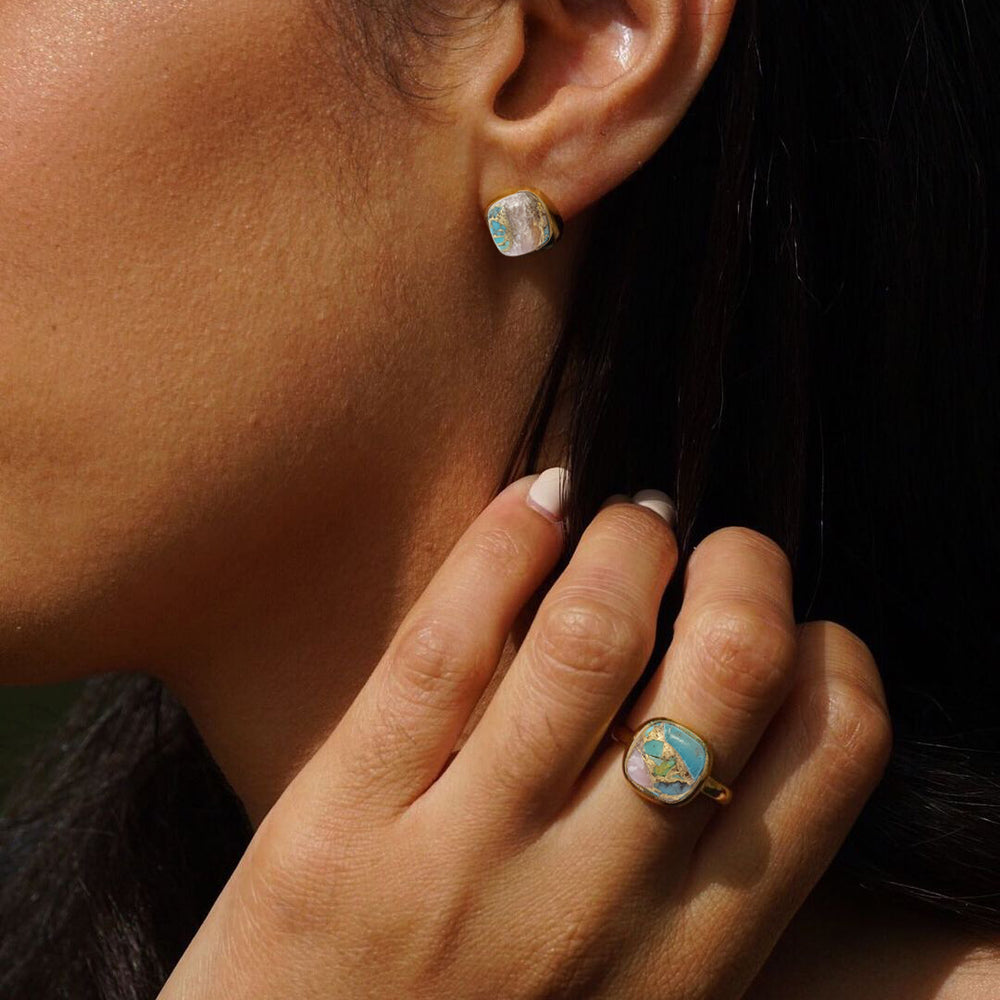Handmade Rug looming - Morocco. Meet Aicha.
"I do not follow any rules when making the rug. I draw inspiration from my family and the nature around me"
Aicha, one of our Berber rug weavers
Location: Morocco
Craft: Berber Rugs
Materials Used: Sheep's Wool (widely considered among the finest wool on Earth)
Background: Our Berber rugs been handmade by the women of the Berber tribes in the high Atlas mountains of Morocco.
Tracing back as far as the Paleolithic era, the ancient weaving technique has been passed down through the generations and has been well preserved due to the tribes relative isolation in the Northern Middle Atlas. In the past these rugs were woven as sleeping mats, which explains ...
their long and narrow dimensions as well as their thick pile as the Berber tribes used them to insulate themselves from some of the lowest temperatures in Africa.

Illi, a Moroccan rug maker
Technique: Making Beni Ourain rugs is a lengthy and unique process, taking multiple weavers a period of 2-3 months and requiring an enormous amount of work.
1) Procuring the wool. The artisans source the special sheep from the mountains of Morocco. They then sheer the sheep to get their natural wool. Next, the wool from the sheep must be cleaned and scoured. Otherwise, it contains natural oils.
2) Hand spinning of the wool. This spinning process transforms the wool. It twists fibers together and makes yarn. The wool is spun into threads that are perfect for weaving. The loom and warp are then prepared.
3) Hand-Knotting the rug. The hand-knot requires an initial base, which is made by attaching the warp yarn to the loom, weaving the weft yarn to ensure stability. To create the surface of the rug, the artisans individually incorporate each knot, row by row. This is a very specialised technique and contributes to the quality, density and durability of the rug.
4) Dyeing and trimming. Before the rug is complete, the pattern is dyed with natural dyes. It is then cut from the loom and trimmed. The pile is trimmed using special scissors. This is done to ensure the pile length is standard in size.
5) The final steps. During the months of knotting, the original wool gets dirty. It also gets hard from being attached to the loom. That is why the rugs are washed and dried once again. The rug is washed 2-3 times again to ensure it is soft.
Lastly each Berber rug is left to dry naturally in the warm sun.

Rug weaving requires a stronger loom and a larger workspace than normal handweaving
Interesting Fact: The term "Berber" was first used centuries ago by foreginers and is a variation of the Greek word "barbaros". Interestingly, the term was used to describe anyone who didn’t speak Greek! It was never intended to offend - unlike the modern day term that is used to describe an uncivilised group of people. Nowadays Berbers proudly call themselves "amazigh", "tamazight" or "imazighen", meaning ‘free men’ or ‘noble people.’
Shop our Handcrafted Moroccan Berber rugs here





